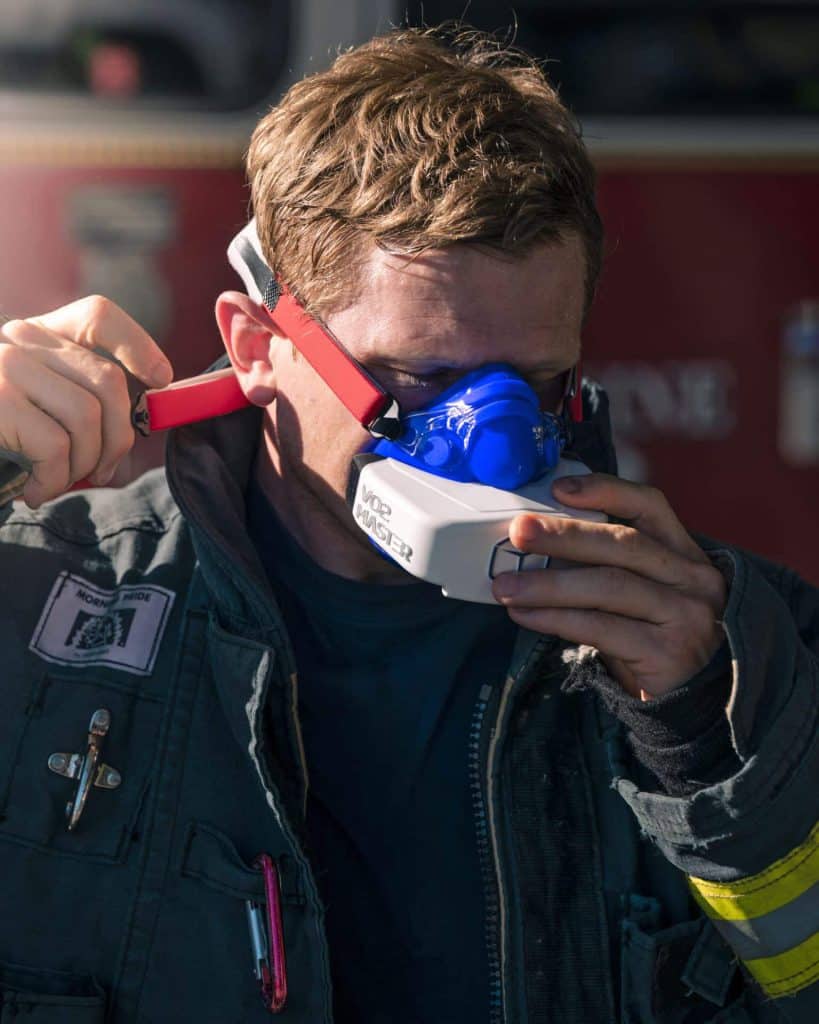Metabolic Testing Interview for Coaches: How Field VO2 Data Transforms Training Decisions
Discover why top coaches like Olav Aleksander Bu and Jack Hanrahan are turning to portable metabolic testing to evaluate athlete efficiency, build individualized zones, and validate training blocks. This guide breaks down how field VO2 data works, what it unlocks, and how VO2 Master makes testing both practical and powerful.

Inspired by a Deep-Dive with Olav Aleksander Bu and Jack Hanrahan
This article is built on the insights shared in a recent conversation between world renowned endurance coach Olav Aleksander Bu—the Norwegian performance coach behind multiple Olympic and World Champions —and fitness coach and Influencer Jack Hanrahan, known for his practical, efficient approach to client coaching for executives like Ben Francis, founder of Gymshark.
Their discussion peeled back the layers of what “efficiency,” “metabolic profiling,” and “smart training decisions” really mean in practice. They spoke openly about how VO2 data shapes their programming, why portable VO2 testing is non-negotiable, and how the right tools let coaches see what’s happening inside an athlete while they move in their actual sport.
This blog distills the best takeaways from that conversation—translated into clear, coach-friendly strategies you can apply immediately.
Table of Contents
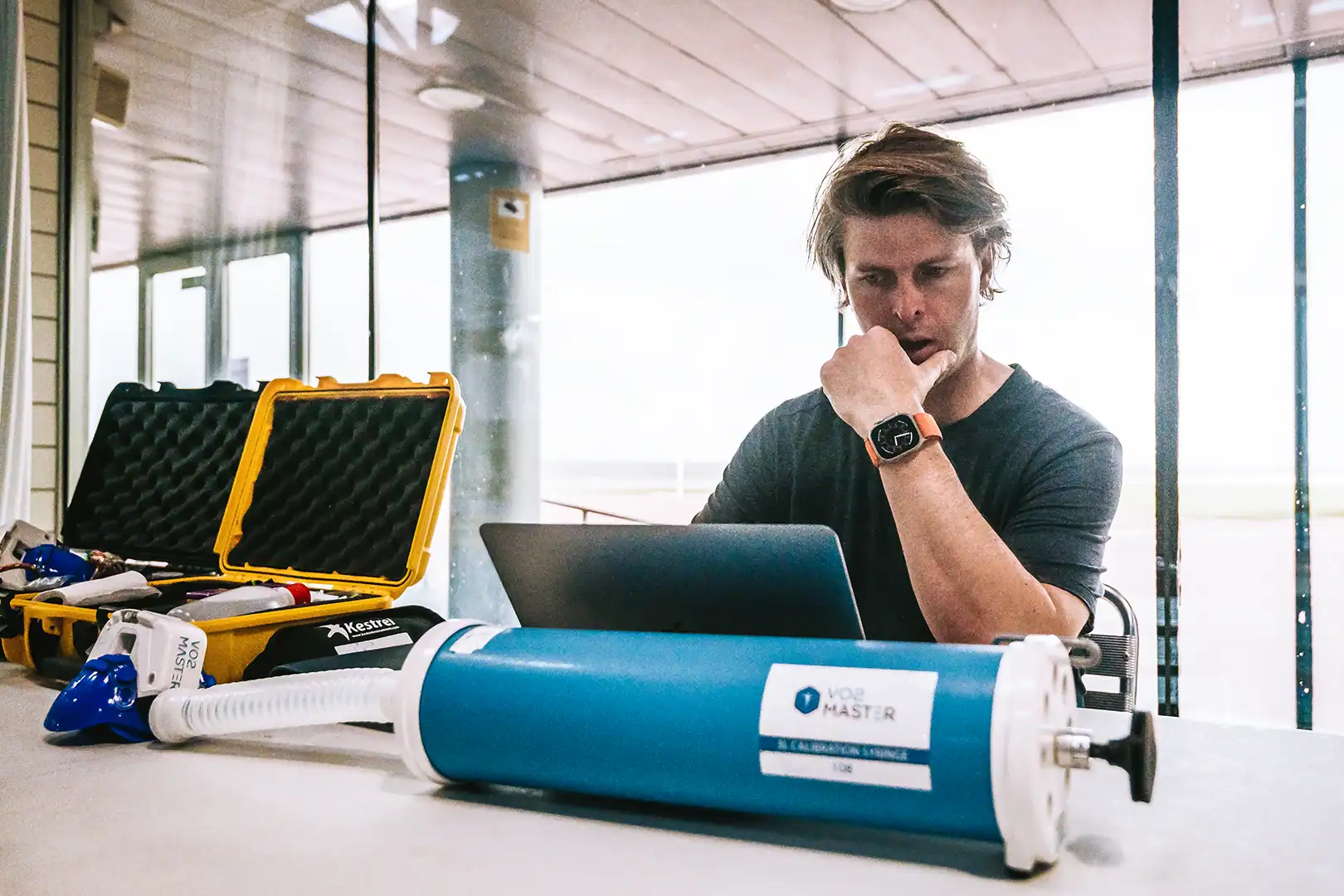
Why Metabolic Testing Matters for Coaches
When Jack Hanrahan and Olav Bu talk about training, they make one point extremely clear:
Coaching decisions are only as good as the data they’re built on.
Heart rate, pace, and wattage are great—but they’re indirect. They describe the output, not the internal cost of producing that output.
VO2 changes that.
It reveals the real-time oxygen cost of movement, which is the closest representation of physiological intensity you can get.
For coaches, this means you can directly assess:
- How efficiently an athlete moves
- Whether training is improving internal capacity
- What intensity zones are truly accurate
- How fatigued an athlete actually is on a given day
- Whether a return-to-play progression is safe and effective
It’s objective, sport-specific, and incredibly revealing. Exactly the type of signal Olav and Jack rely on.
What VO2 Testing Actually Tells You
One of the biggest points Olav and Jack emphasized:
Even short, simple VO2 tests give coaches extremely powerful insights.
Here’s what you can learn.
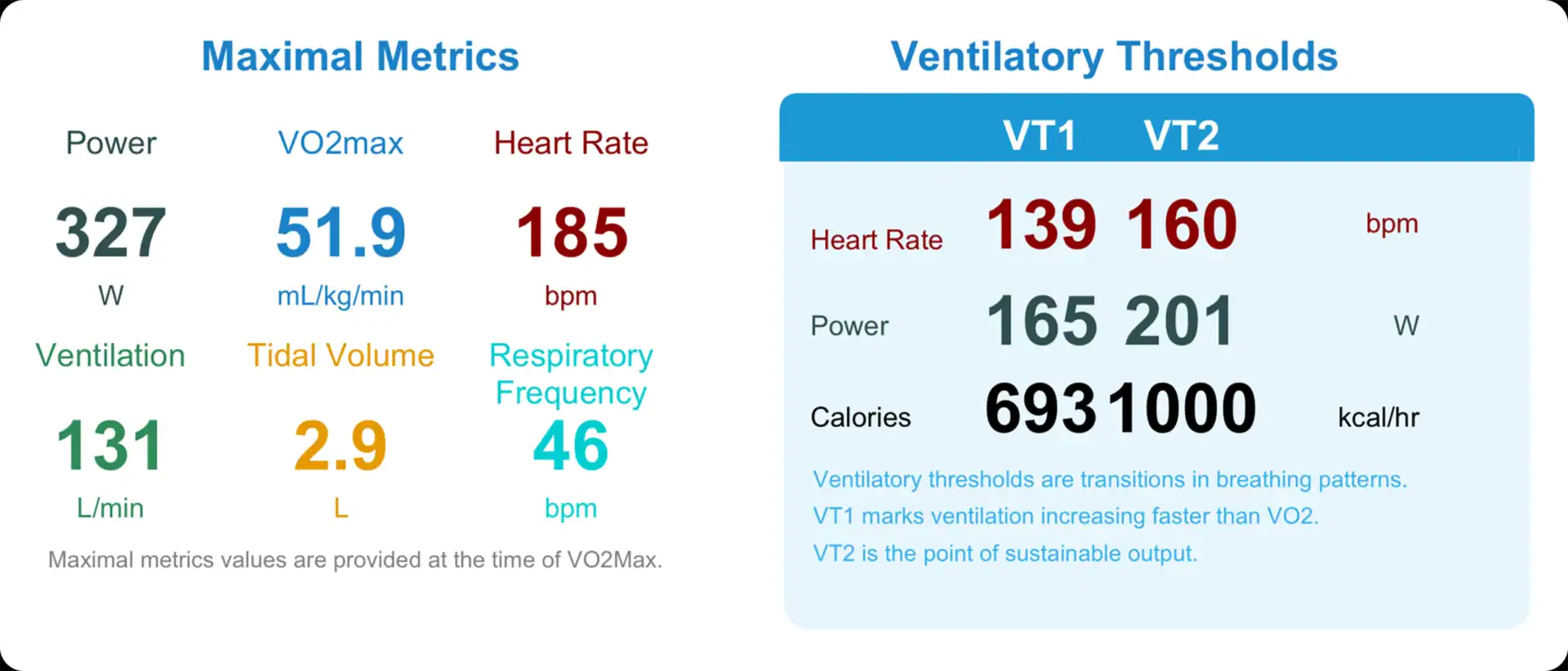
Ventilatory Thresholds (VT1 & VT2)
These thresholds define the true intensity zones that matter. These thresholds are the gold standard for creating sustainable training zones. Heart rate and pace zones are built after thresholds—not the other way around.
They help coaches:
- Build precise, customized zones
- Ensure interval work hits the correct systems
- Prevent “easy” sessions from turning into moderate ones
- Understand where the athlete transitions between fuel systems
Olav has said many times that accurate thresholds—not VO2 max—are the foundation of world-class endurance performance.
Movement Economy
This was a major theme in the interview. Every sport has its own energetic demands, and VO2 testing exposes how costly different movements are for each athlete.
Two athletes can produce the same external output… but with wildly different internal cost.
When you test athletes in the movements they actually perform, your training plans improve dramatically.
VO2 reveals:
- Running economy
- Cycling efficiency
- Sport-specific movement cost
- How technique impacts energy demand
- Whether improvements are mechanical or metabolic
Efficiency is often the real performance limiter.
Fatigue and Readiness
Coaches often rely on HRV, RPE, or wellness surveys—but metabolic drift during submax work is often a more sensitive fatigue indicator.
When an athlete is fresh:
- VO2 is predictable for a given workload
When they’re fatigued:
- VO2 rises disproportionately
- Breathing becomes less efficient
- Thresholds appear lower
- Drift occurs earlier
Ready vs. fatigued looks very different metabolically. If VO2 stays higher than expected for a given power or pace, the athlete isn’t fully recovered.
This helps coaches:
- Adjust session load
- Spot overreaching early
- Protect athletes from unnecessary fatigue
Tracking Progress Block-to-Block
Coaches ask athletes about how they “feel,” and it’s difficult to give objective input. VO2 patterns do.
A test lets you see whether:
- Thresholds moved
- Efficiency improved
- Capacity changed
- Aerobic adaptations occurred
- The training block worked
And if it didn’t? You know exactly what to adjust next.
See how coaches use VO2 Master to individualize training.
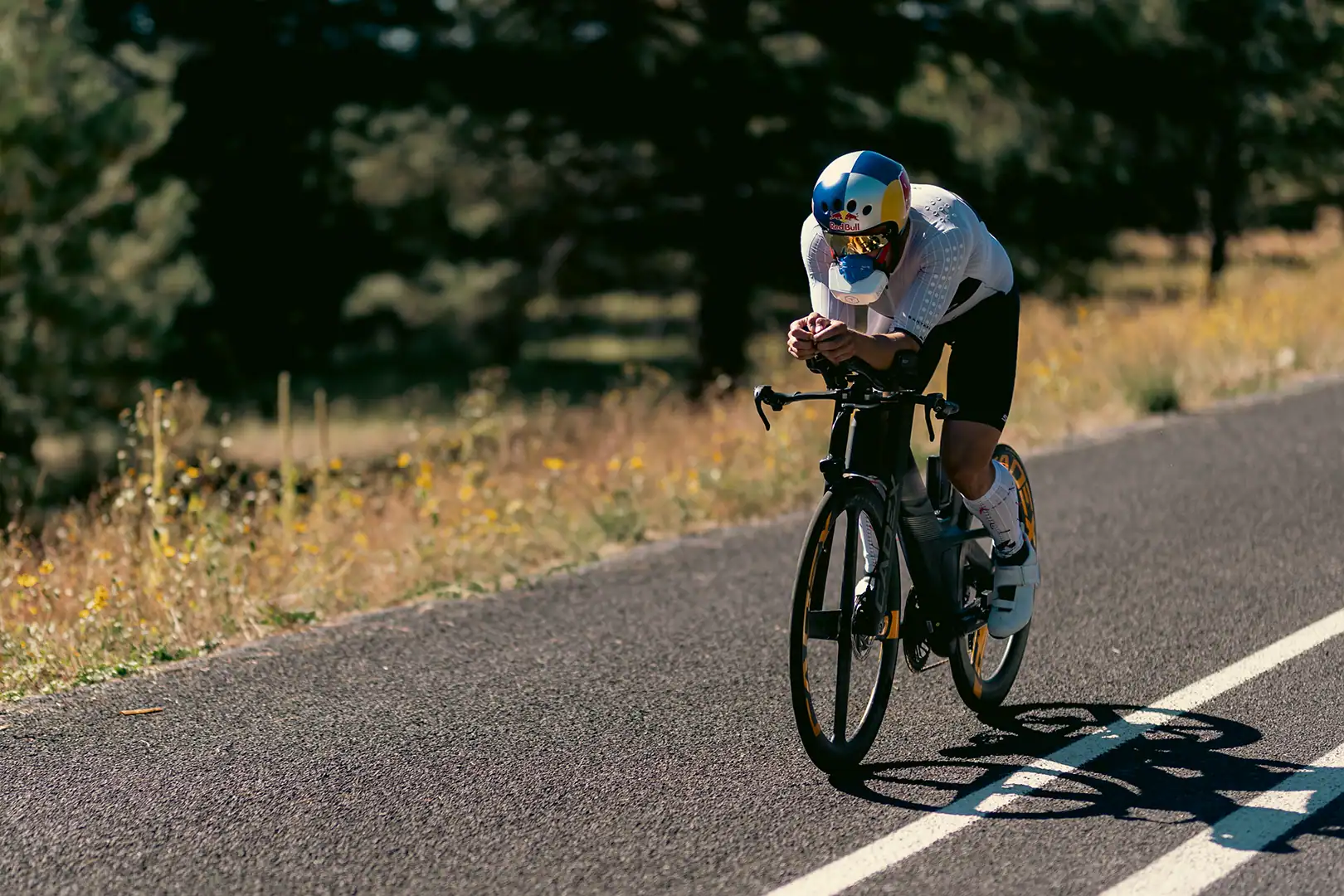
Why Portable Testing Changes Everything
A big takeaway from Jack and Olav’s discussion is that testing must be done in the athlete’s real environment if you want accurate insight.
Traditional lab carts aren’t designed for that. They work well in a lab but are large, expensive, tethered by hoses, require significant time for set up and can’t be moved.
They:
- Require hoses and wires
- Need controlled indoor environments
- Restrict movement
- Make shuttles, hills, and field sessions impossible
Since training and competing happens:
- On turf
- On trails
- On inclines
- On bikes
- On courts
The development of the VO2 Master Analyzer changed the limitations of carts by eliminating hoses and replacing bulky lab hardware with a mask-mounted sensor and blue tooth app used by coaches on an iPad or smart phone.
This unlocks coaching applications that simply weren’t possible with legacy lab carts.
Need budget approval? Get our helpful purchasing justification resource here.
How Coaches Use VO2 Testing in Daily Training
Now coaches don’t need to treat metabolic testing as a once-per-year lab appointment. High-performance coaches integrate it regularly because it’s fast, portable, and actionable.
Here’s how coaches are using metabolic testing before and after training blocks, after injury or quarterly.

1. Build Accurate Zones
Instead of relying on formulas or guessed HR zones, thresholds are measured directly.
2. Mid-Block Calibration
A GXT shows whether zones need to be updated mid-season as an athlete adapts.
3. Movement-Specific Economy Tests
Jack and Olav agree: performance is movement-specific.
You can test:
- Shuttles
- Running intervals
- Hill efforts
- Cycling climbs
- Rowing
- Team sport conditioning
- Cross-training and HYROX sessions
- Swimming poolside
You see the real internal cost of their sport, giving invaluable insights on efficiency.
4. Return-to-Play (RTP) Progressions
Using VO2 during controlled progressions ensures the returning athlete is improving metabolically—not just symptomatically.
Coaches track:
- Metabolic drift
- Efficiency
- Threshold recovery
- Session load tolerance
5. Conditioning Training Block Review
After 3–6 weeks, VO2 data confirms whether:
- Thresholds improved
- Aerobic efficiency increased
- The block delivered its intended adaptations
If not, you refine the next block based on objective physiology.

Step-by-Step Protocol Coaches Can Use Anywhere
A simple 15–20 minute protocol gives coaches invaluable physiologic insights.
Warm-up: 5 minutes easy
Optionally include 1–2 pickups.
GXT: 1–2 min stages increasing intensity
- Running → speed
- Cycling → watts
- Shuttles → pace/intensity
- Rowing → power
Go until VT2 or near-max.
Cool-down: 2–4 minutes
Review:
- VO2, ventilation, tidal volume and respiratory frequency
- VT1, VT2
- Economy
- Drift
- Zone prescription
- Recovery markers in cool down
This is exactly the type of simple structure Olav and Jack discuss.
Comparison: VO2 Master vs Lab Systems
| Feature | Lab Carts | VO2 Master |
|---|---|---|
| Portability | None | Fully portable |
| Field Testing | No | Designed for it |
| Setup Time | 20–40 min | 3–5 min |
| Movement Freedom | Limited | Excellent |
| Environment | Indoors only | Indoors/outdoors |
| Team Testing | Difficult | Smooth & scalable |
| Cost | ~$30k–$60k | ~$7,595 |
At the end of the day, the message from Olav Aleksander Bu and Jack Hanrahan is simple: coaches make better decisions when they can see what’s happening inside the athlete, not just what shows up on the watch or power meter. Portable VO2 testing gives you that clarity. Whether you’re coaching endurance athletes, team sport players, or return-to-play clients, metabolic data removes the guesswork and anchors your programming in real physiologic insights. Using VO2 Master testing, they bring lab-level testing directly into their coaching decisions.
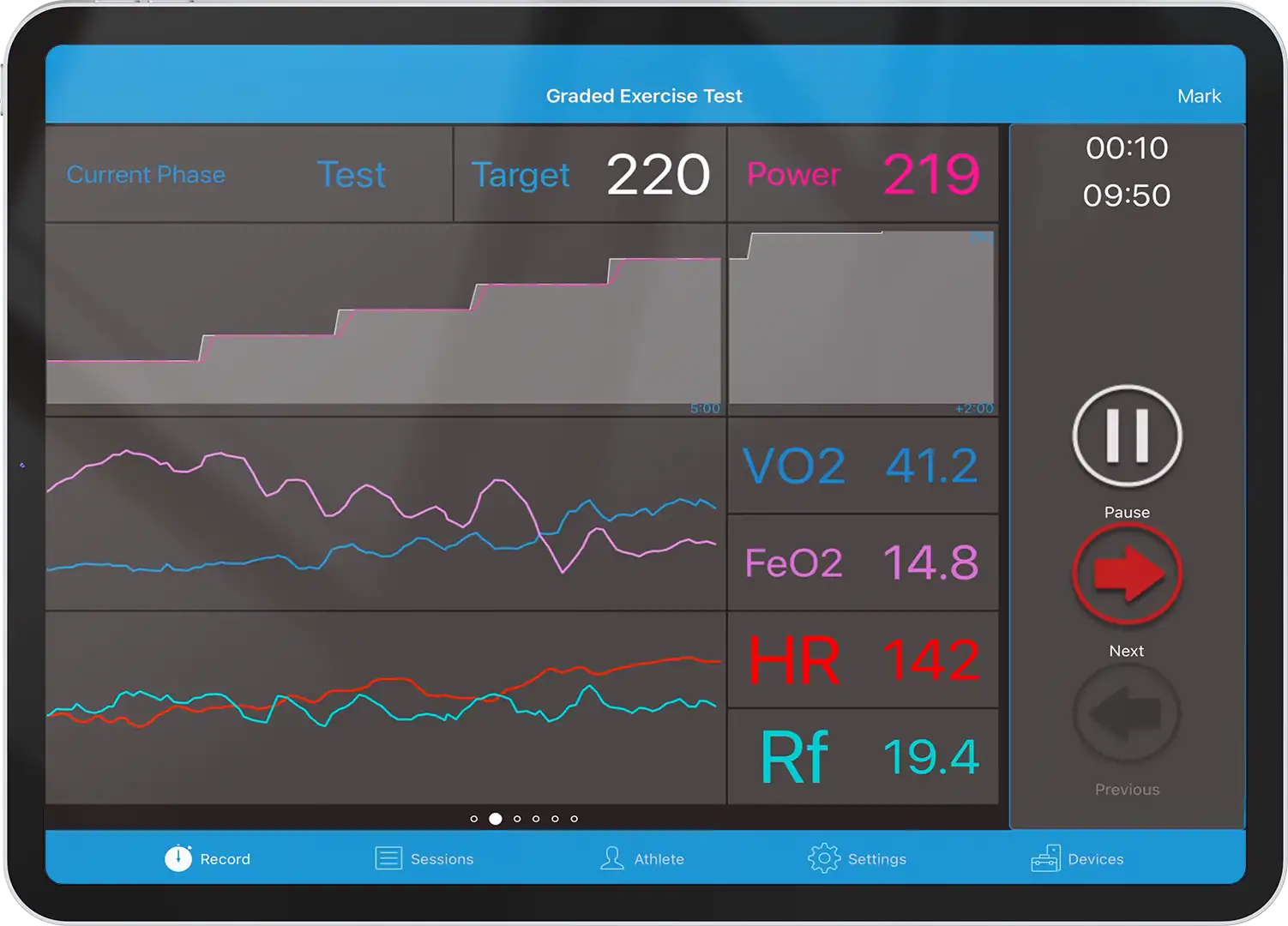
Ready to test athletes anywhere?
Learn how to bring VO2 Master testing to your field, gym, or practice.
FAQs
1. How often should coaches test?
It all depends on the goal of the client. For pro or varsity team sport athletes it could be pre and post training block. For endurance athletes it can be sub maximally regularly while training for races to learn their physiological cues for ideal pacing levels. When working with longevity clients, it could be quarterly or twice a year to optimize their training efficiency and outcomes. In addition, some professions require regular certification with VO2 max testing such as firefighters, pilots and some police forces.
2. Do athletes need a maximal test?
Not always, submax data is often more actionable. Submaximal tests can provide thresholds, efficiency insights, and readiness signals—often more important for training modification than VO2 max.
3. Does VO2 replace lactate testing?
No—but it reduces how often you need lactate for validation.
4. Can VO2 Master be used outdoors?
Yes. It was designed for human performance testing during sport and is used globally by teams, wellness centers and over 200 Universities for research, often conducted outdoors.
5. How accurate is it compared to lab systems?
Extremely accurate. University and clinical studies show strong alignment with lab-grade analyzers. There are numerous peer reviewed published validation studies, learn more here: www.vo2master.com/research_pdf
Duke University Researchers compared VO2 Master against a Vacumed metabolic simulator, which can generate specific VO2 levels.
“We saw a very well-defined high R-squared for VO2 and also for ventilation efficiency, same for the tidal volumes and frequency. What’s interesting is that the error margin overall was below 2%, and that’s very, very good for a metabolic simulator—even if it’s a full cart. I think that proves that the technology we use in this wireless metabolic framework works very well and gives you very valid numbers.”
Dr. Jeroen Molinger, Duke University
